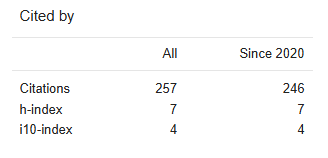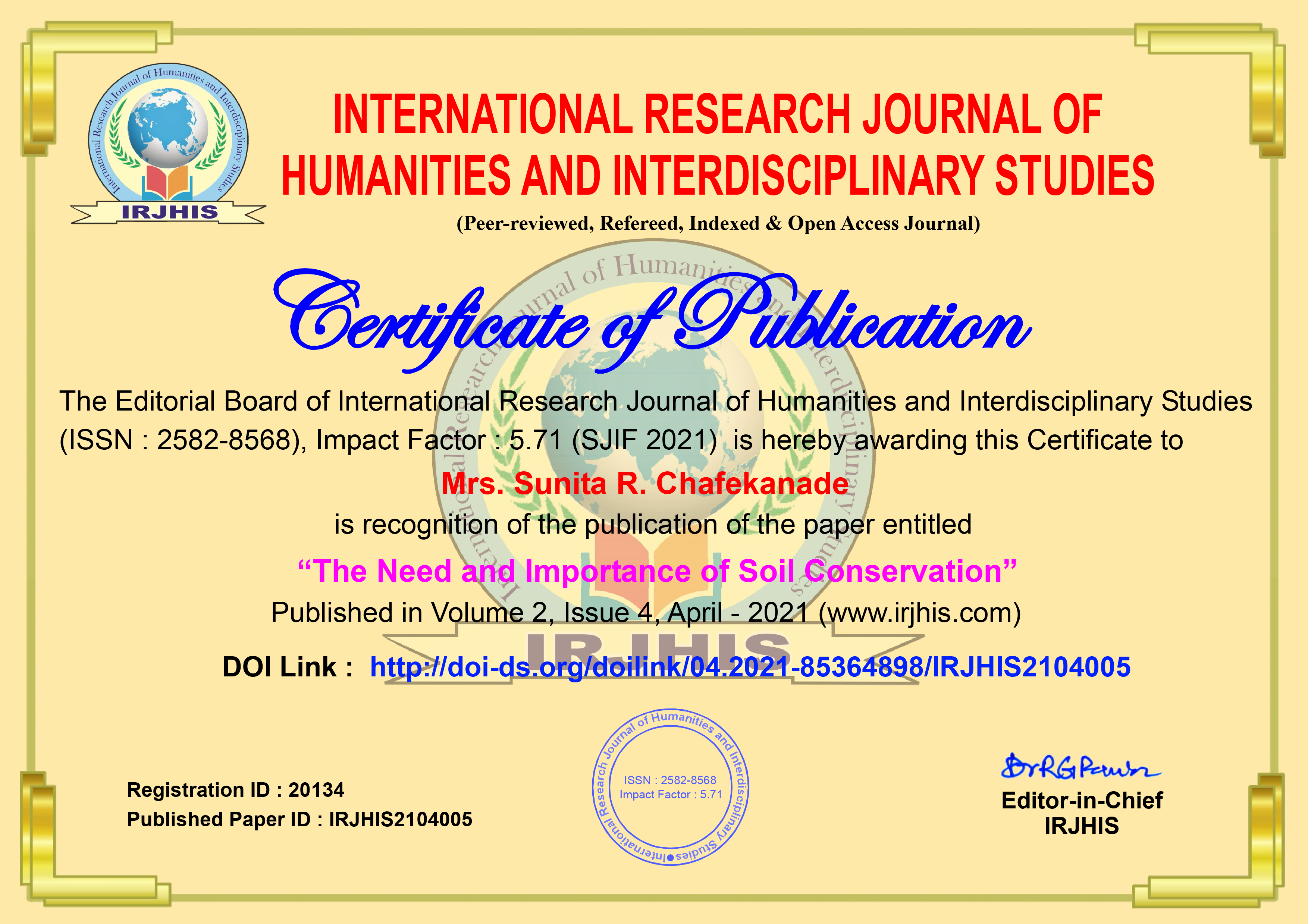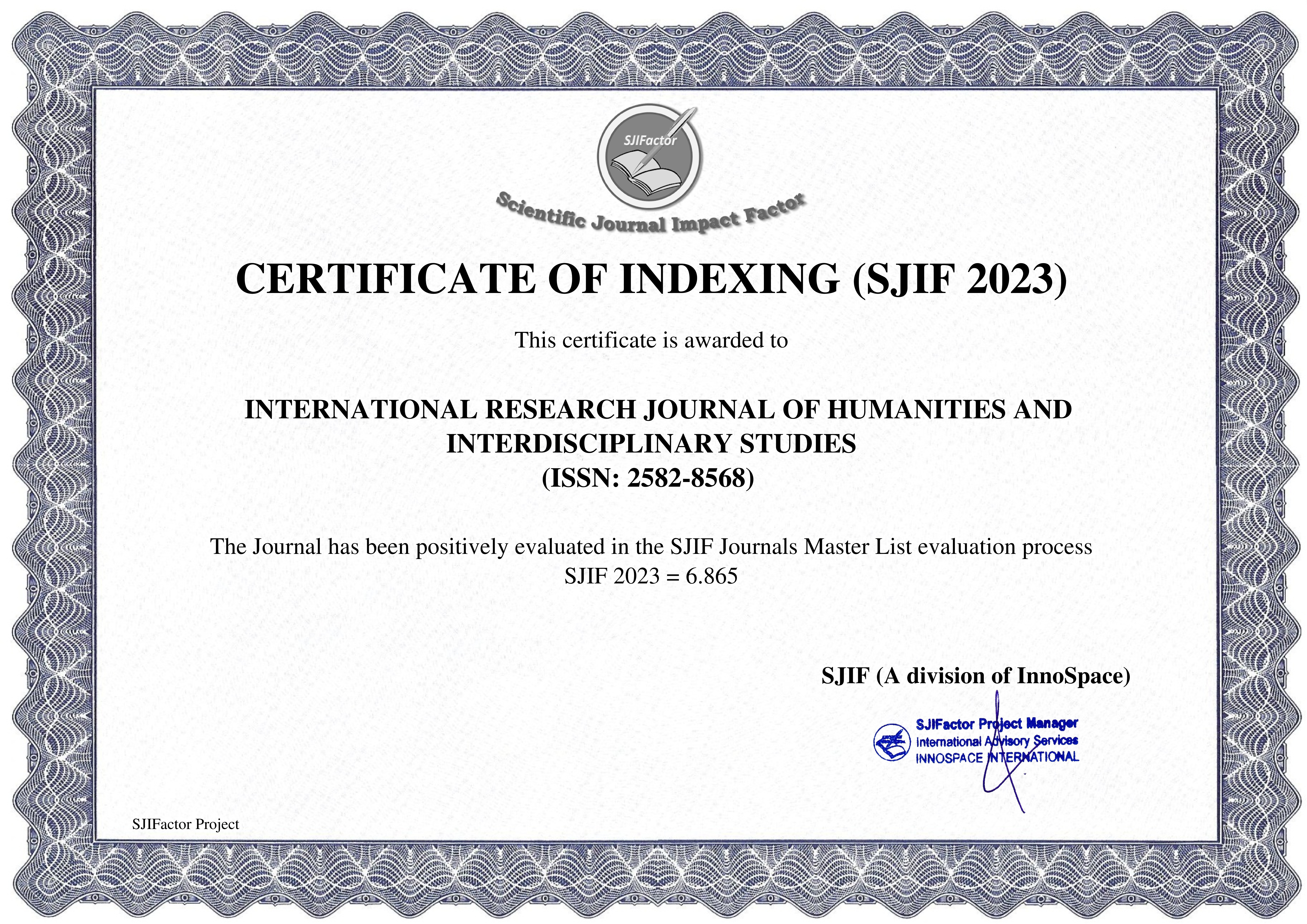Paper Details


Call For Papers
Volume 06, Issue 11
Frequency: 12 Issue per year
Paper Submission: Throughout the Month
Acceptance Notification: Within 2 days
Areas Covered: Multidisciplinary
Accepted Language: Multiple Languages
Journal Type: Online (e-Journal)
Announcement

Publish books with ISBN Number
- Edited Book
- Text Book
- Ph.D Thesis
- Conference Proceedings
ISSN Number:
2582-8568
Journal DOI No:
03.2021-11278686
Title:
Developmental Gaps and Community Realities: A Ground-Level Inquiry into Transformative Change among Tribal Communities in Koraput, Odisha
Authors:
Cite this Article:
,
Developmental Gaps and Community Realities: A Ground-Level Inquiry into Transformative Change among Tribal Communities in Koraput, Odisha, International Research Journal of Humanities and Interdisciplinary Studies (www.irjhis.com), ISSN : 2582-8568, Volume: 5, Issue: 11, Year: November 2024, Page No : 93-100,
Available at : http://irjhis.com/paper/IRJHIS2411011.pdf
Abstract:
India’s development journey remains incomplete without addressing the persistent disparities experienced by its tribal communities. Despite constitutional guarantees and targeted welfare schemes, Scheduled Tribes continue to face marginalization in many regions. Odisha, where 22.85% of the population belongs to tribal groups, illustrates this developmental paradox. The Koraput district, with a tribal population of 49.62%, stands out as a key site for investigating grassroots-level challenges. This study presents an in-depth field-based analysis of development gaps affecting the tribal populations in four blocks—Koraput, Jeypore, Semiliguda, and Borigumma. It focuses on eight core sectors: health, education, road and transport, rural housing, irrigation, digital communication, infrastructure, and livelihoods. Using a mixed-methods approach, primary data were gathered from 320 tribal respondents through surveys, interviews, and observations, supported by secondary government sources.Findings reveal serious disparities across service sectors. Health facilities are limited and unevenly distributed. Educational access remains poor, with high dropout rates among girls. Irrigation and rural housing are inadequate. Internet and road connectivity are inconsistent, affecting mobility and access to markets. Agricultural dependency remains high, with limited income alternatives. Government schemes exist, but low awareness and weak institutional coordination hinder their impact. The study hypothesizes that development gaps stem not only from administrative failures but also from systemic neglect of cultural, geographical, and participatory dimensions. It concludes by recommending an integrated development model centered on education, skill development, rural infrastructure, and governance reforms. The research offers a grassroots-informed blueprint for sustainable tribal development in India’s Scheduled Areas.
Keywords:
Tribal Marginalization, Livelihood Resilience, Grassroots Realities, Developmental Disparities, Community-Centric Planning, Transformative Governance.
Publication Details:
Published Paper ID: IRJHIS2411011
Registration ID: 21673
Published In: Volume: 5, Issue: 11, Year: November 2024
Page No: 93-100
ISSN Number: 2582-8568
Download Full Paper: Click Here
Article Preview:





